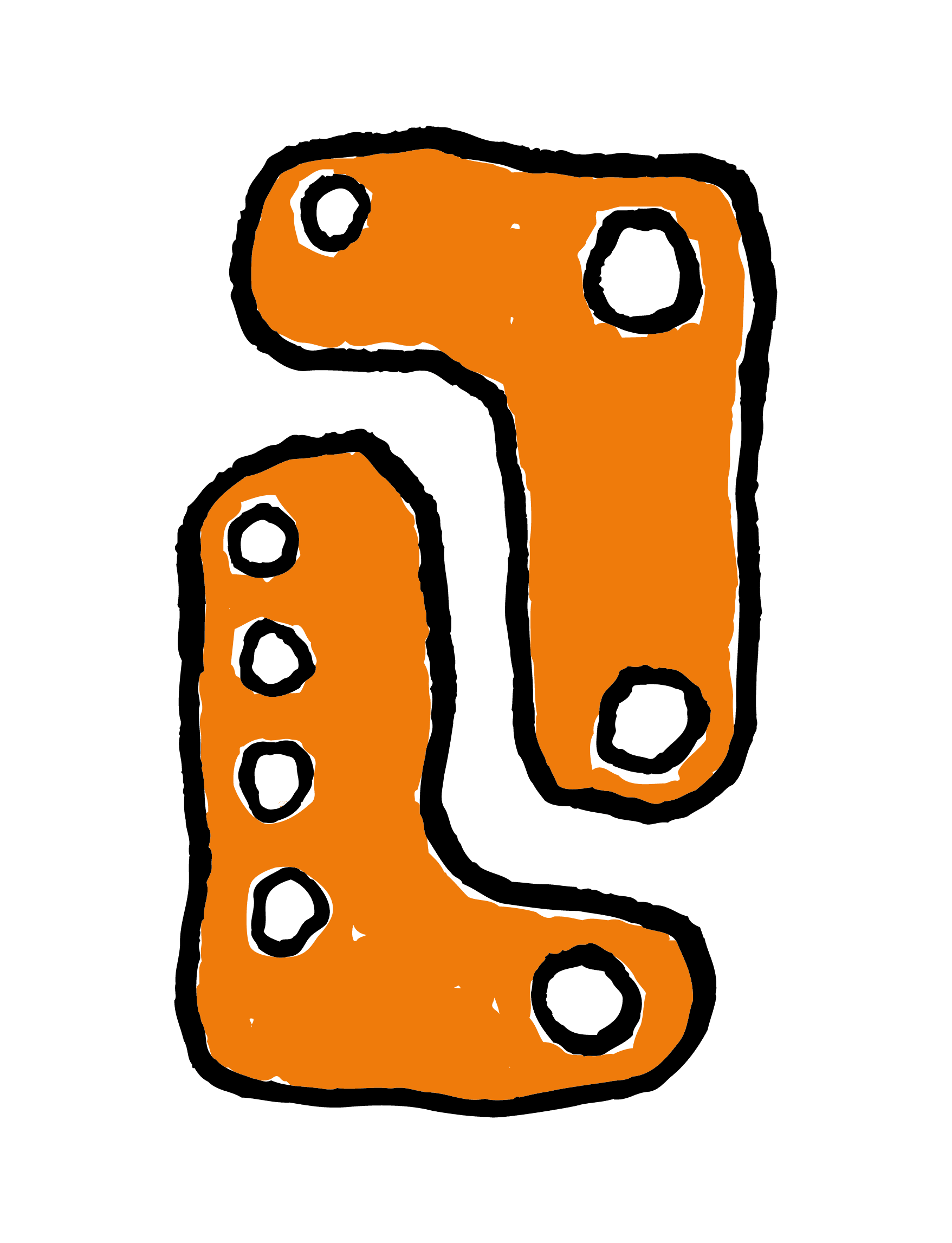Where we work
Facts about Switzerland
Area: 41,285 km2
Capital: Bern
Currency: Swiss franc
People: Immigrants 25% of which: Italian 15%, German 14%, Portuguese 12%, Balkan 11%, French 6%, Spanish 4%, Others 38%
Main Languages: German, French, Italian, Romansh
Religion: Christian 66.5%, Non-Christian faiths 6.6%, No religious affiliation 26.3%, Unknown 1.4%
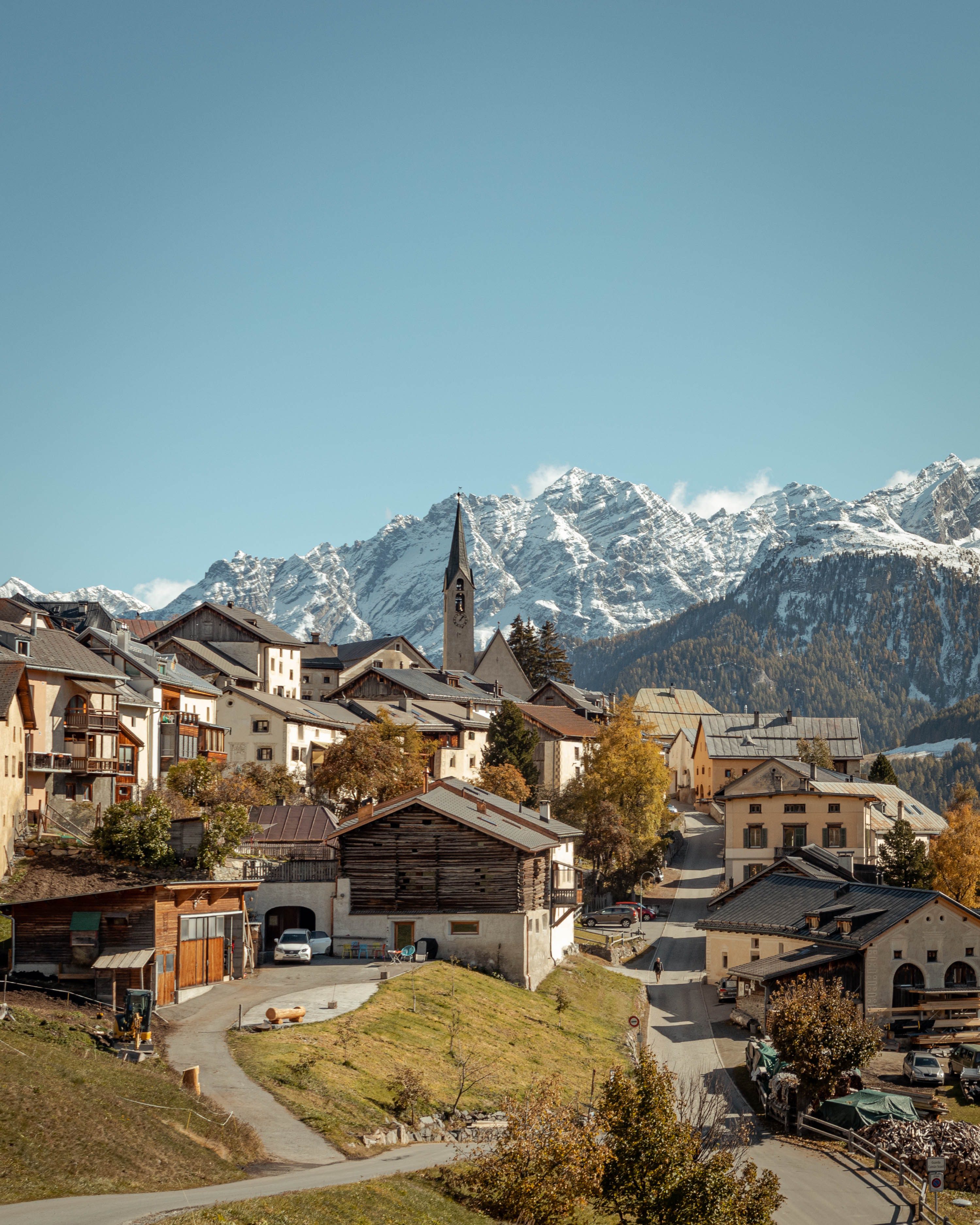
Geography and climate
Politics and economics
People and society
Religion and the church
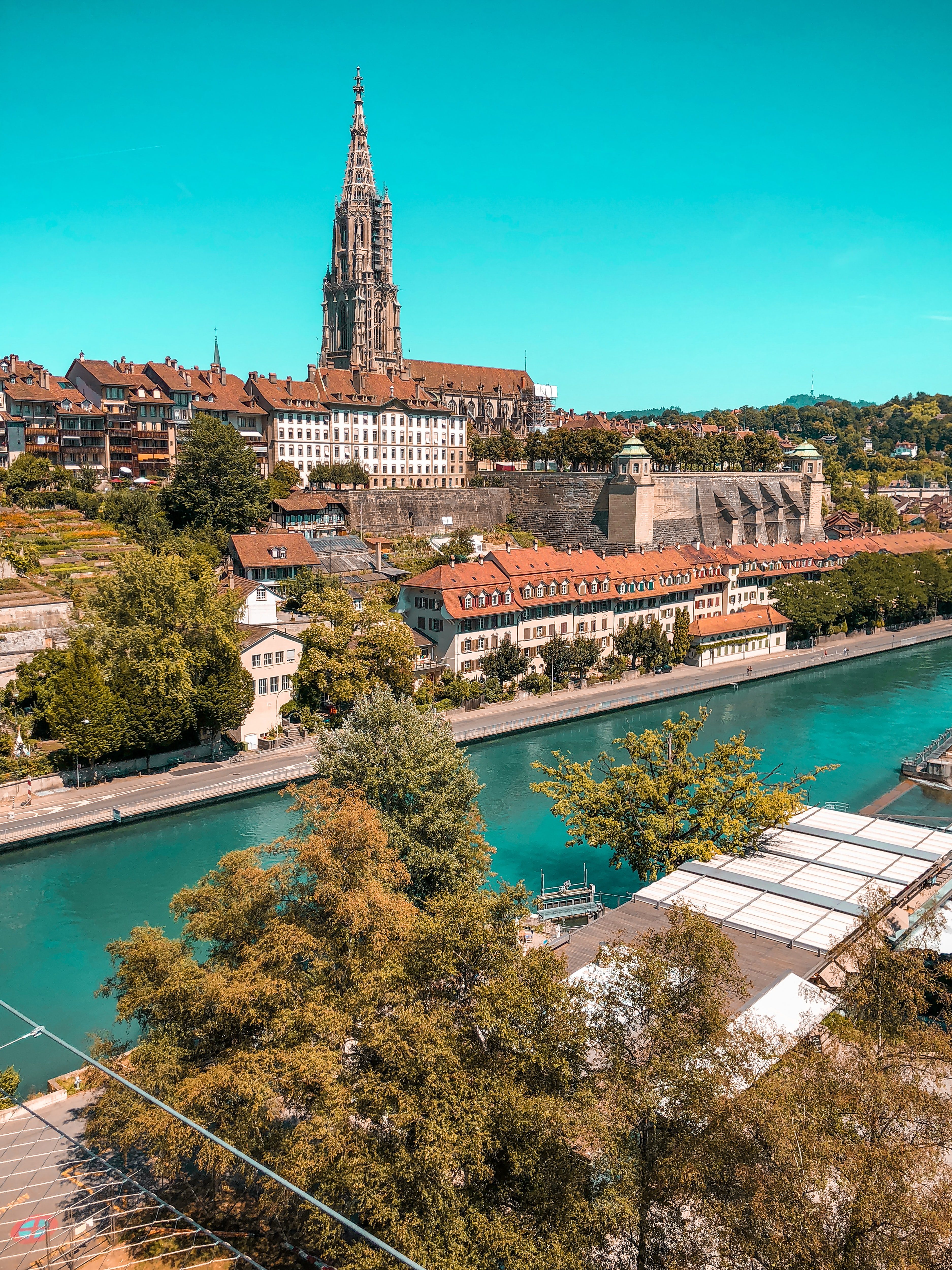
Latin Link's work in Switzerland
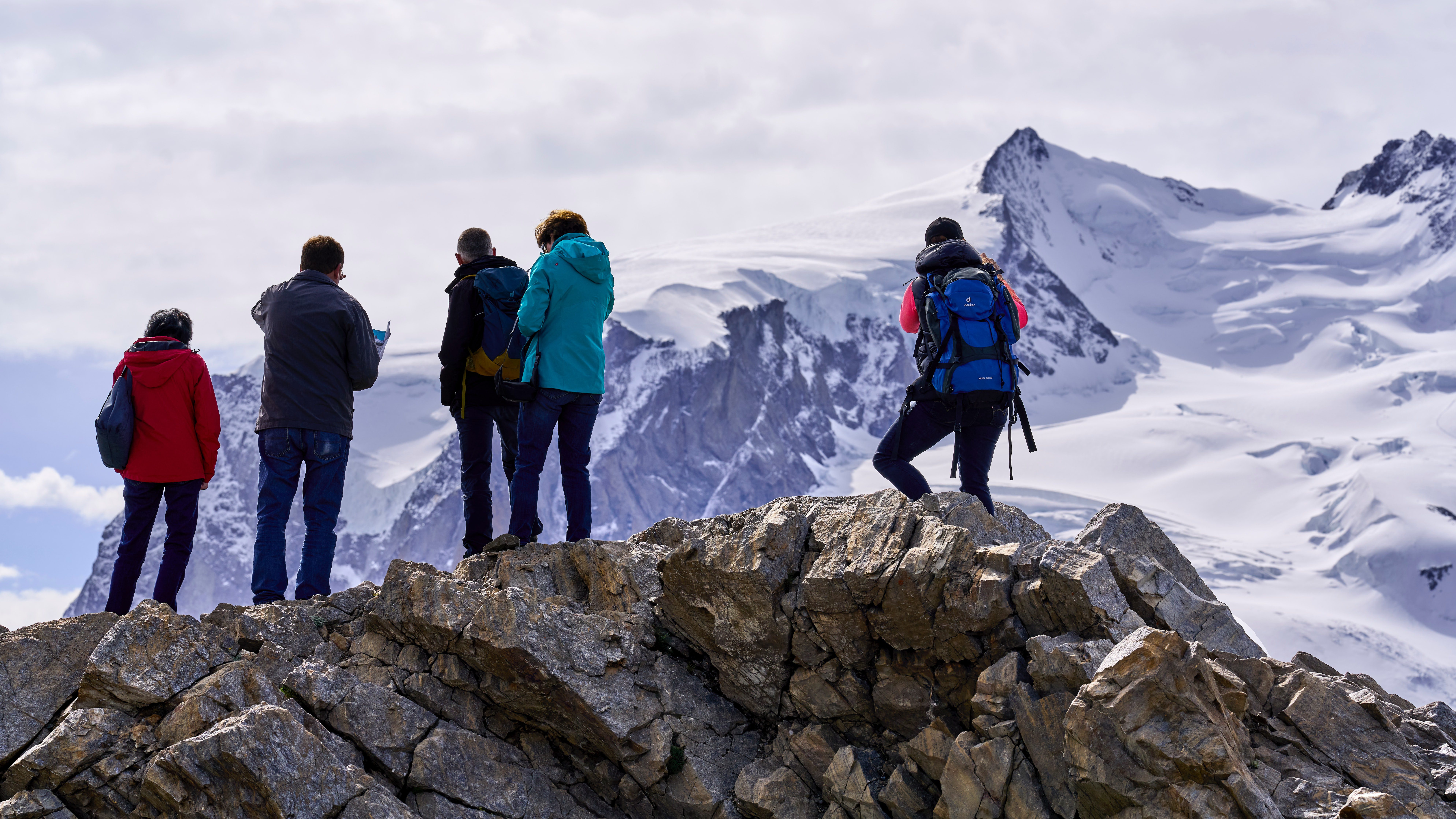
Meet our team in Switzerland
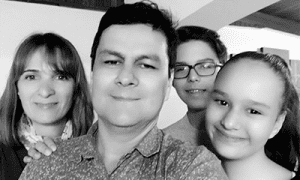
William and Nadia with Kenya live in Chía, very close to Bogotá. They work with several churches in the Discípulos de Cristo (Disciples of Christ) denomination in pastoral accompaniment, training,
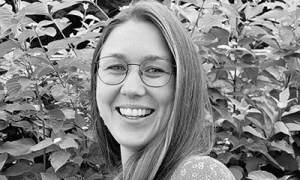
Murielle completed her two-year Stride placement in September last year. She returns as a long-term member in January this year where she will continue to serve with the ministry Asociación

Thomas and Manuela Weber with Timo, Elina and Leana, are based in Winterthur. As Team Leader, Thomas is responsible for development; he heads up the office team in Winterthur and
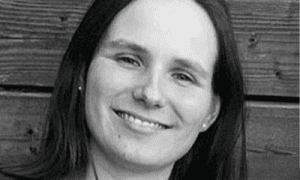
Zoé works in the French-speaking part of Switzerland and is involved in the process of selecting Striders. She represents Latin Link in several events taking place in the western part
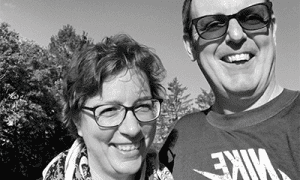
Mirjam and Jürg support the work of Corazones Unidos (United Hearts), a Christian organization that promotes the inclusion of people with disabilities. They are also involved in various ministries in
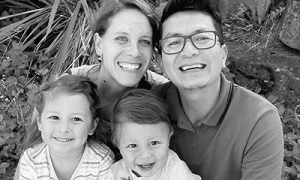
Jerson and Rahel Guimas with Sophie and Asser, work at the International School in Arequipa. They are part of the Christian Outreach team of the school, they lead Bible studies,
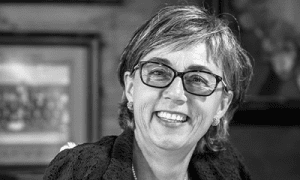
Paola lives in Bogotá. She works in Hogar Feliz (Happy Home), a programme that accompanies and empowers families with deaf, deaf-blind children and deaf children with multiple disabilities. She mentors
Mission opportunities in Switzerland
To find out more about mission in Switzerland, please browse our opportunities or contact us.
